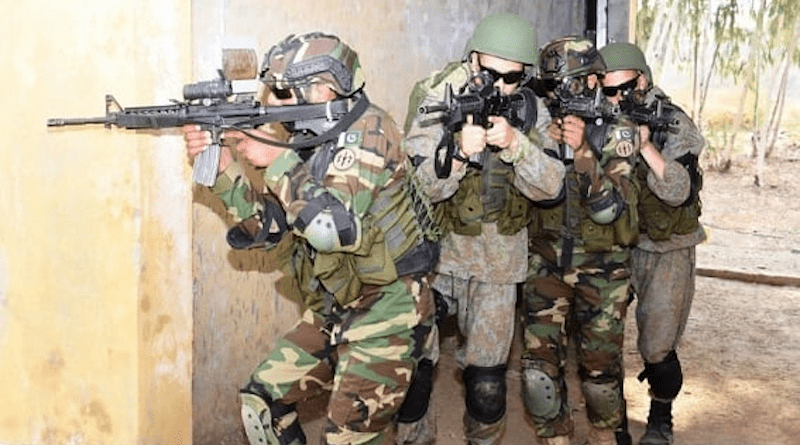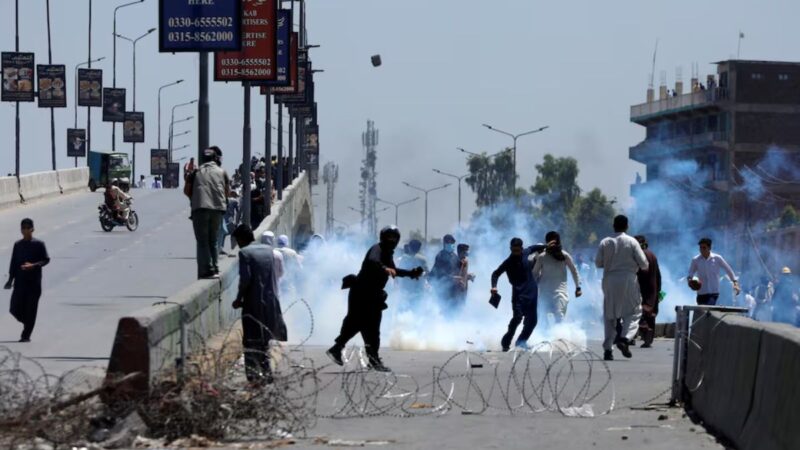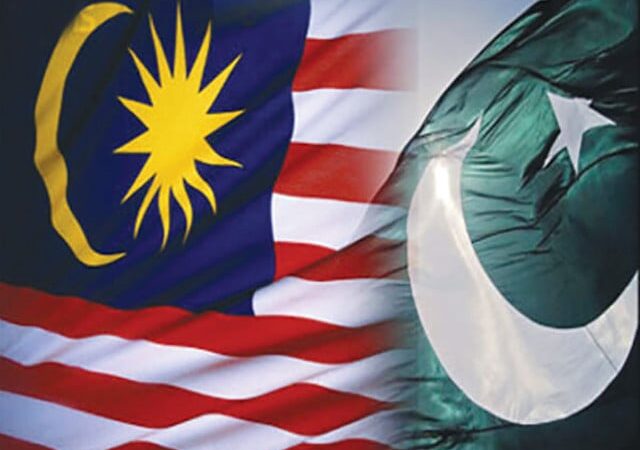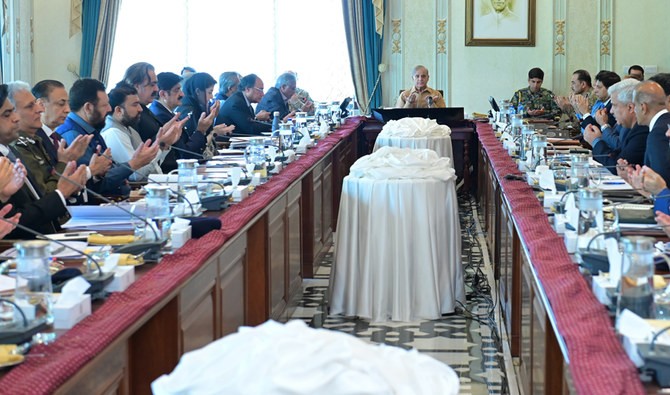Pakistan Talks Terror Threat With Gun At Its Head

As terrorist groups escalate attacks on its soil and its borders at will, Pakistan, pointing the gun at its own head, is holding the world responsible. Its enlarged list of those it blames, besides Afghanistan, now includes Iran and even the United States.
Pakistan Foreign Minister Bilawal Bhutto Zardari presented the updated list at Munich Security Conference in Germany this month accusing Kabul of supporting “a whole alphabet soup” of terrorist organisations that he said, were based out of Afghanistan. He blamed others, not his government. But none wants to bale it out.
The problem is that the American preoccupation with Ukraine has considerably reduced the interest in the Afghanistan -Pakistan region. It evacuated barely 20 months ago, after 20 years, with no appetite to return to the fight – not directly.
Iran is too busy fighting the economic sanctions and has just made up with Saudi Arabia, its principal rival in the Gulf region, with Chinese mediation. How the US views this is another story. And the Taliban whose return to Kabul was facilitated by none other than Pakistan, think they can diplomatically fob off Islamabad and continue their tacit support to the Tehreek-e-Taliban Afghanistan (TTP). If they can ignore the US and the world community’s demands, Pakistan means little.
With political turmoil and economic stress, Pakistan is at a loose end on how to deal with the TTP. The talks in Kabul by a visiting Pakistani delegation led by Defence Minister Khawaja Asif yielded only polite assurances, but nothing concrete, Pakistani media reports speculated on “plan B”, of attacking the TTP havens on Afghan soil. But Bilawal indicated no such plans and urged the world community to be “pre- active” and “not reactive” on the increasing terror threats emanating from the Pak-Af region.
The threat is, indeed, serious and growing as per a US intelligence assessment, approvingly and profusely quoted by Pakistan’s own security analysts. Both agree that the TTP is not about to lay down arms and can create havoc in the region with affiliates in Al Qaida and the Islamic State Khorasan Province ISKP).
Ironically, there is a belated realization – by Pakistan that promoted it and the US that bought it for over two decades — that there are no
‘good’ militants and ‘bad’ militants, be they the Afghans Pakistan’s own TTP and what Bilawal called the “alphabet soup” of groups of several nationalities, from the Gulf to China’s Xinjiang region to Central Asia.
The report by the State Department has categorically noted that “this arrangement (with Kabul) has given TTP access to both [Al Qaeda’s] global terrorist network and its members’ operational expertise”.
It warns of determined TTP plans that go beyond border and domestic attacks to trouble the army and the police. “The TTP aims to push the Pakistani government out of KP (Khyber Pakhtunkhwa province) and establish the Sharia by waging a terrorist campaign against the military and the state.”
According to the US report, the TTP uses the tribal belt along the Pak- Afghan border to train and deploy its operatives. The group draws ideological guidance from Al Qaeda, while elements of the latter rely partly on the TTP for a safe haven in the Pakhtun areas along the Pak- Afghan border.
As per Rana, “Data shows that a tough battle is going on between the terrorists and counterterrorism forces in Pakistan, and, so far, the security forces have the edge.” But he is not too optimistic when he lists the recent TTP advances (Dawn, March 12, 2023). “In February alone, the TTP and other religiously motivated terrorist groups carried out 19 attacks in the country, which claimed 23 lives and wounded 79 people. However, the security forces eliminated 49 militants in counterterrorism operations, besides arresting 44 suspected militants in 11 search operations conducted during the month.”
His balance sheet reads: “It seems that the security forces had killed more militants, compared to the losses they suffered at the hands of the militants, which could be interpreted as an effective response. Still, the militants’ strength is intact, and despite their human and physical losses, they are maintaining the momentum of their terrorist activities.”
Rana surmises that the intention of the TTP is “to try hard to regain the operational strength they had had until 2015 when they were able to frequently launch major attacks and could engage the security forces for days through coordinated gun-and-bomb attacks. Large-scale attacks boost the morale of the terrorists and build pressure on state institutions.” This is likely to continue in the foreseeable future. (Ends)






